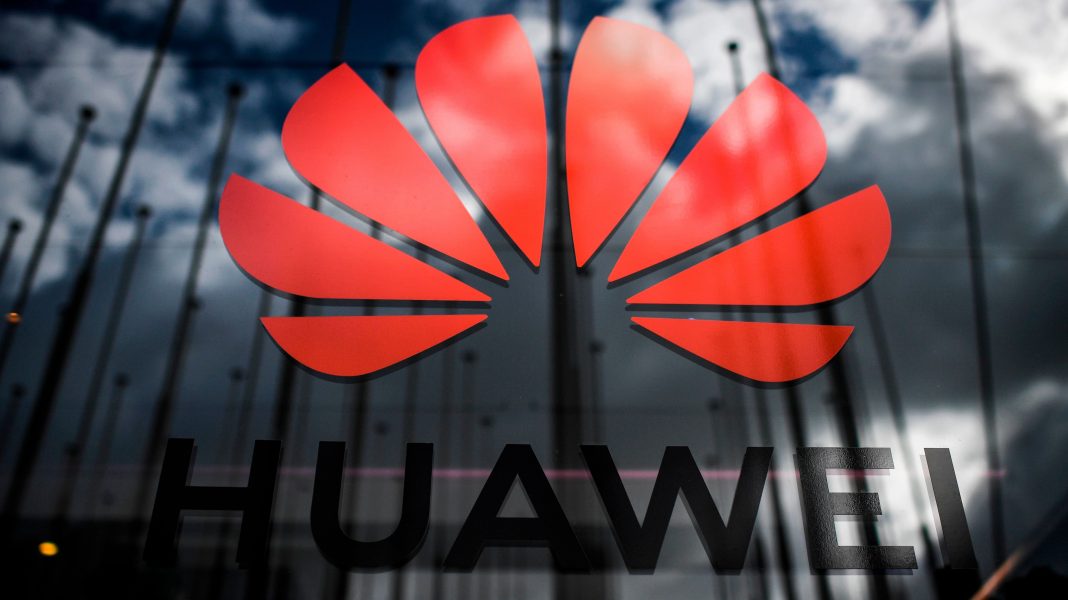Almost anywhere you go today, there seem to be one or more cameras staring back at you.
This is understandable for business organizations that might need to keep an eye on
those entering and exiting their premises. However, it becomes more intruding when
you step out onto the streets and still have these cameras around you.
What you might not know is that they have been fitted with a facial recognition
technology module – and this is slowly chipping away at your privacy.
The Demerits of Facial Recognition
When the cameras capture your face, your facial data is analyzed and stored in a
database. This can be used to identify you later or track you through the busy streets of a city. The issue with that is that you did not even give consent for your facial data to be picked up in the first place.
On the back of that, there is no telling how the data from facial recognition systems are stored. What if they leaked in a breach, and the digital print of your face gets out
there? Now that more facial security systems are coming out, there is no telling how this digital signature of your face could be misused.
In that light, we should also mention the chances of racial/ ethnic profiling that could
come out of facial recognition usage.
Staying Protected
From the issue of consent to other concerns around such systems, the arguments are
not going anywhere anytime soon. Just like using a VPN to mask your IP address will
keep you safe online, some privacy goggles are making the rounds too. They promise
to obscure your face from these cameras and prevent your facial data from getting into
the wrong hands.
However, no one should have to live this way. For how long do we want to be seeing a
league of people wearing some particular pair of spectacles to escape facial profiling?
Till these issues are addressed, facial recognition tech might not have a place in our
societies.



